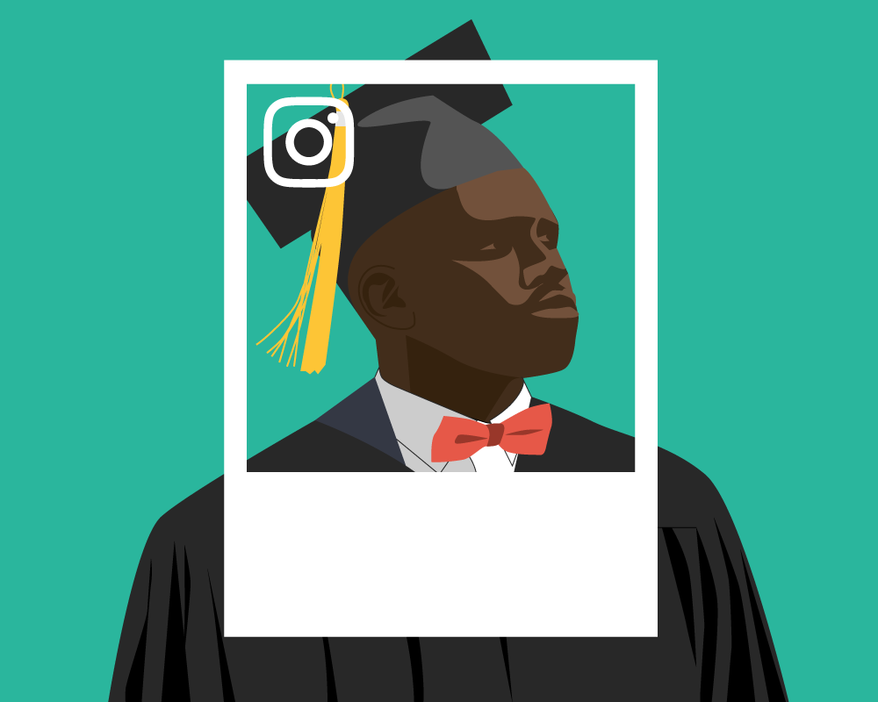
Marketing for higher education isn’t just about pamphlets and free swag in the mail. The ubiquity of smartphones, social media, and, you know, the internet, has totally transformed the marketing landscape.
New digital strategies—from mobile-friendly sites to social media engagement—is essential for universities to stay competitive and achieve KPIs like student applications and enrollment.
Don’t just take it from us. Take it from 3 marketing professionals who work at universities across the United States. Check out our expert roundup on marketing for higher education below.
Alissa Arford, Director of Online Strategy
Robert H. Smith School of Business, University of Maryland
“Over the past few years, social media has become even more critical in higher ed marketing. Reaching prospective and current students through Instagram, in particular, is a new focus for us at the University of Maryland's Robert H. Smith School of Business.
We now have a team of undergraduate and graduate students who are social media ambassadors, helping us post authentic photos of student life every day. As a business school, LinkedIn continues to be a great outlet for us to reach current students and alumni. We typically have higher organic reach for our posts on LinkedIn than any other social media channel.
We've also reworked our website to include responsive web design, which means all of our web pages are optimized for tablets and phone-sized screens.”
Kate Downing, Special Assistant to the President and Director of Marketing
Lamar University
In the past few years, marketing in higher ed has changed in many ways. Some changes include digital vs. print and the ability to target audiences more strategically because of better and more precise data available.
Two positions on our staff that are necessary today that would not have been vital, say, three years ago are a social media manager and a videographer.”
Kara Klein, Director of Marketing
The Citadel
“Higher education is seeing substantial growth in online and distance learning opportunities, so college recruiting is becoming increasingly competitive.
When recruiting non-traditional adult learners and working professionals, you’re no longer differentiating yourself from your collegiate neighbors—but from colleges across the globe as well.
It’s more important than ever for marketers to position their brand and programs in a unique light, clearly defining what separates you from seemingly similar programs or institutions.”
--
A big thanks to our expert contributors!
Do you need to dust off your higher ed marketing playbook? Check out our infographic.
